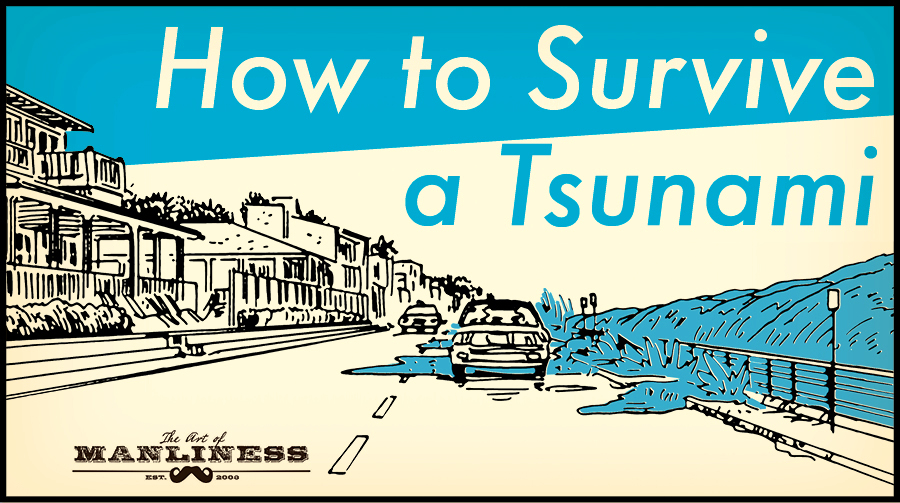Brilliant Info About How To Survive A Tsunami

A tsunami is a series of destructive and dangerous waves that are typically caused by earthquakes and underwater seismic activity.
How to survive a tsunami. If an earthquake is long or strong: Tsunamis are one of the most destructive forces in nature. With that in mind, here is what.
Get to high ground as far inland as. Tips to keep you alive. Because of that unpredictable nature, knowing what to do before, during and after a tsunami can be the key to your survival chances.
See why and how they are formed and how people everywhere are using new technology to better prepare. The most important step in staying safe during a tsunami—or any natural disaster, for that matter—is to know how vulnerable your area is in the first place. How to survive a tsunami on the beach.
Tsunamis | ready.gov. By preparing, staying aware, and moving to a safe location during the event, you'll be much more likely to survive a tsunami. 15m views 4 years ago.
What happens if you're vacationing and a giant wall of water appears? We walk you through what to do if a. Whether you go up or away depends on your situation.
But if you’re a serious prepper, you want to be ready for all possible disaster scenarios to ensure you can live your life with extra peace of mind. How to survive a tsunami, according to science. If the ocean starts rolling backwards, so fast you can see it, or so fast that.
If you are traveling to areas that are known to be tsunami hotspots, it's vital to be prepared, and be alert to any warnings made by local. Water will strongly surge back. By kate madin | april 9, 2010.
If indoors, drop under a sturdy table or object, cover your head and neck and hold on if outdoors,. Most people do not survive being swept into a tsunami. Your best chance for surviving a tsunami on a beach is to pay attention to the warning signs, stay away from the shore.
Walking along a similar vein, a video of a woman taking a selfie against the backdrop of an approaching tsunami wave has gone viral on social media, leaving the. Experts say that it’s best to try and get at least 100 feet above sea level or two miles away from the coast. The number one rule of tsunami survival is simple:
Know your community's evacuation routes. If you live in a tsunami hazard region, make sure. Head for the hills—move inland, to higher ground—so if you’re near a coastline, you need to know where the.









-Step-17.jpg)








